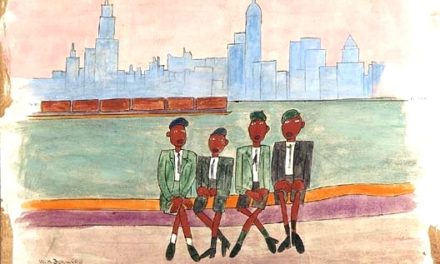From O’S News Service March 29 A few years ago in San Bruno, California, eight homes were destroyed and 38 people killed when aging underground pipes carrying methane gas exploded. At the time of the tragedy it was revealed that the culpable company, Pacific Gas & Electric (PG&E), had not been monitoring the condition of the pipes and did not know exactly where their own pipes were located. (After the tragic blast, there was confusion about the location of the shut-off valve.)
As corporate executives so often do, PG&E’s slick honchos have been trying to turn the disaster to their own advantage. They want permission to kill thousands of trees in the East Bay in order to get easier access to underground pipes!
That’s the relevant background to this letter in today’s New York Times from Courtney Carroll:
To the Editor:
One way to increase vigilance in spotting gas leaks is to look for damaged vegetation like dead trees, dead grass and dead shrubs.
As an undergrad at Boston University in 2011, I went on several gas-leak surveys with my professor and a gas industry expert. I learned that it was often possible to identify a gas leak just by examining the nearby plants.
Leaking methane in the ground deprives the soil of oxygen, which the flora need to absorb nutrients. In addition to recognizing the smell of gas, we should make people more aware of this information so that they can spot the signs of a potential leak.
Furthermore, utilities should routinely screen for leaks by identifying areas with dying vegetation. Of course, as those of us without green thumbs can attest, distressed vegetation can have many causes, but it’s better to be safe than sorry.
Courtney Carroll is a graduate student studying environmental health at the Mailman School of Public Health, Columbia University.





